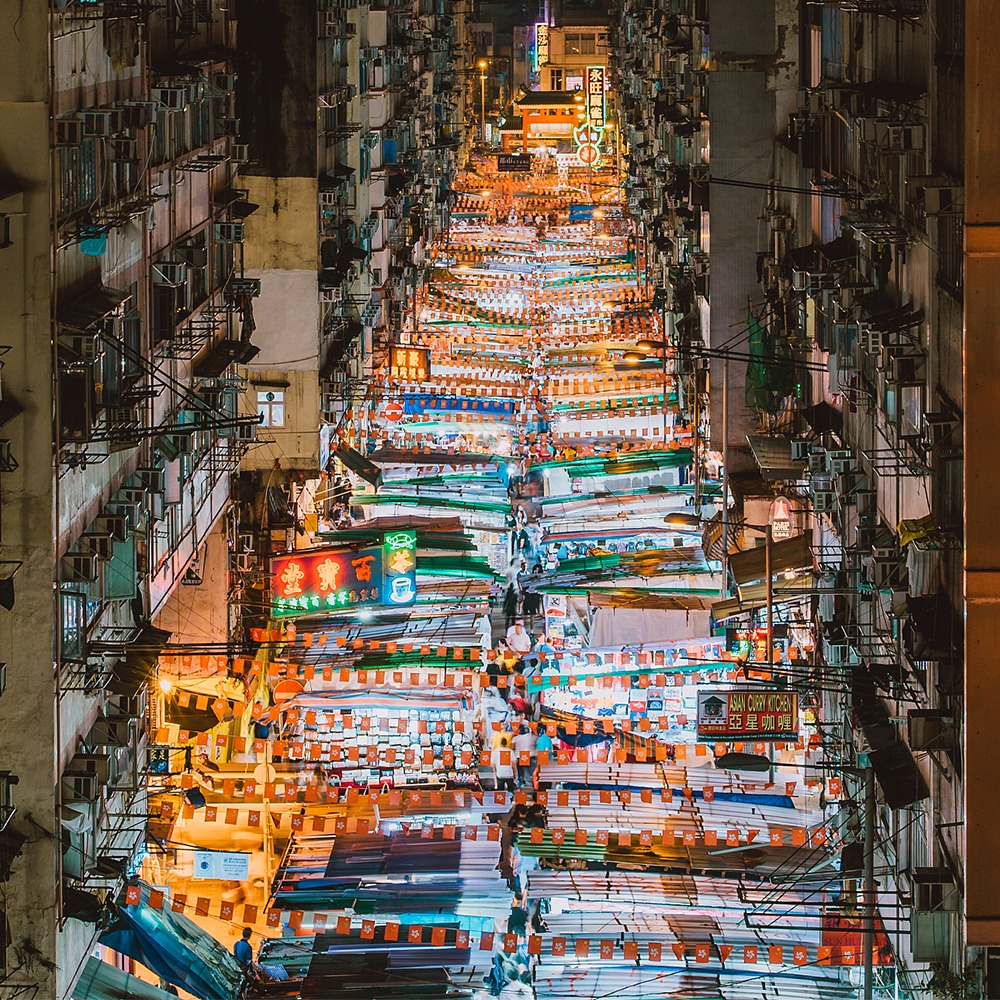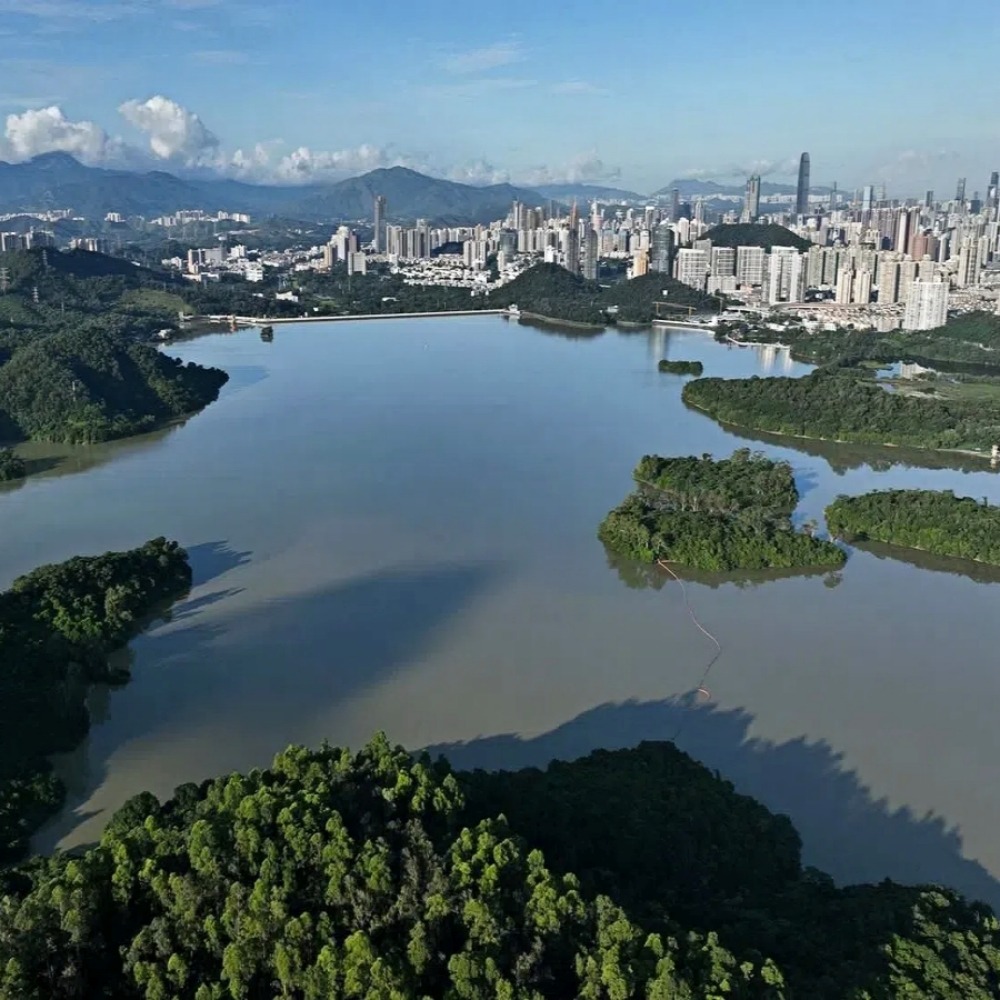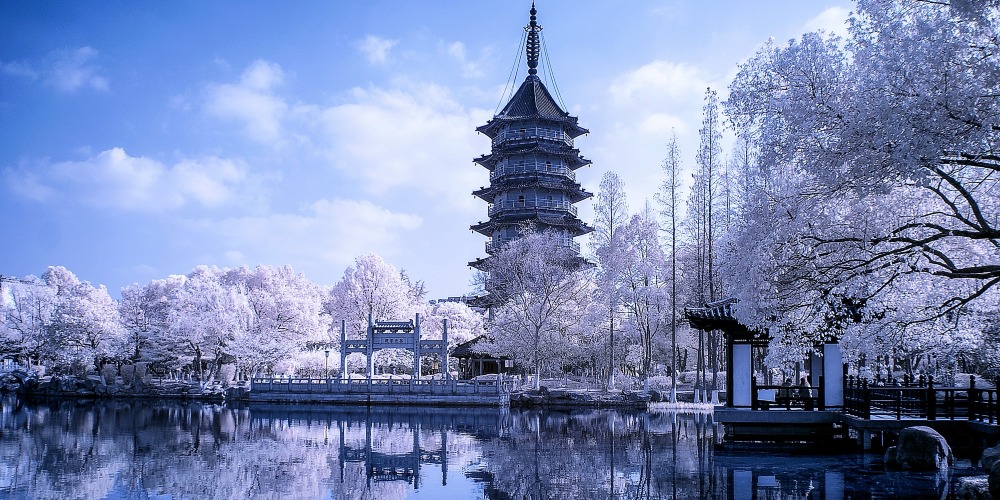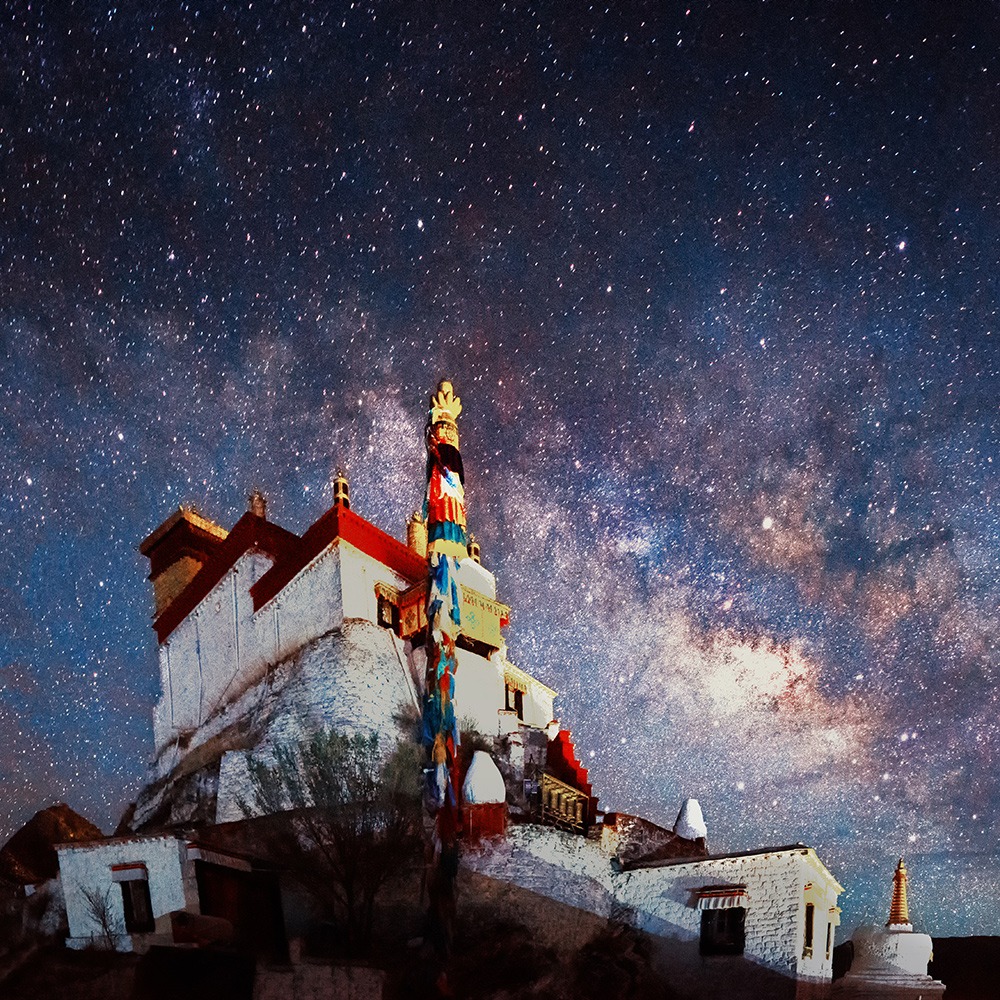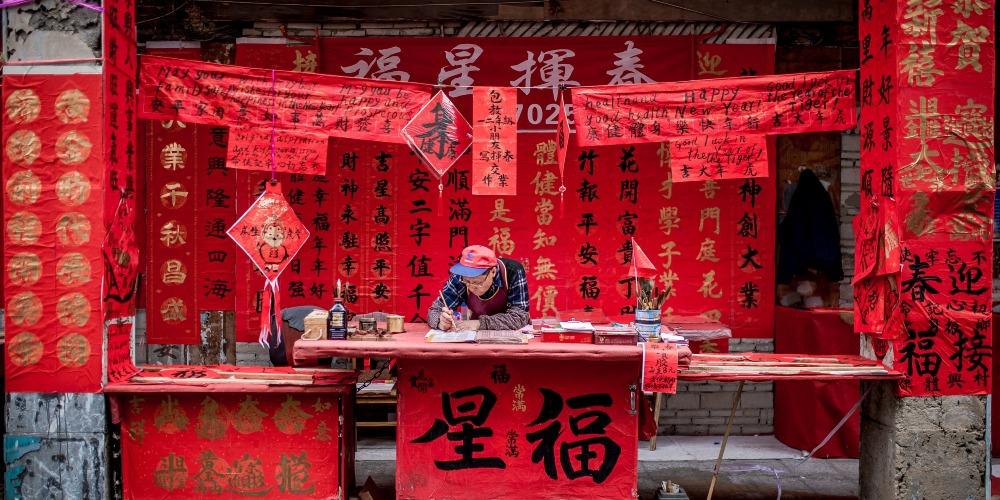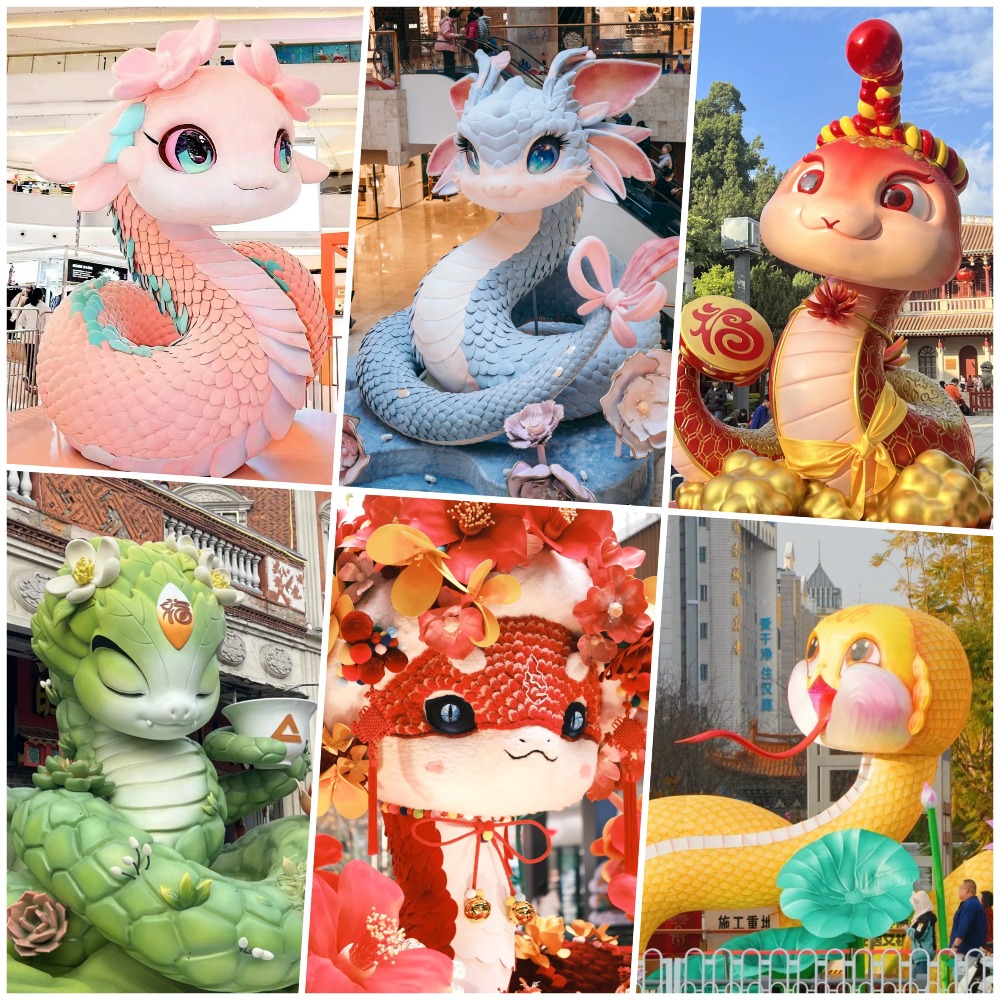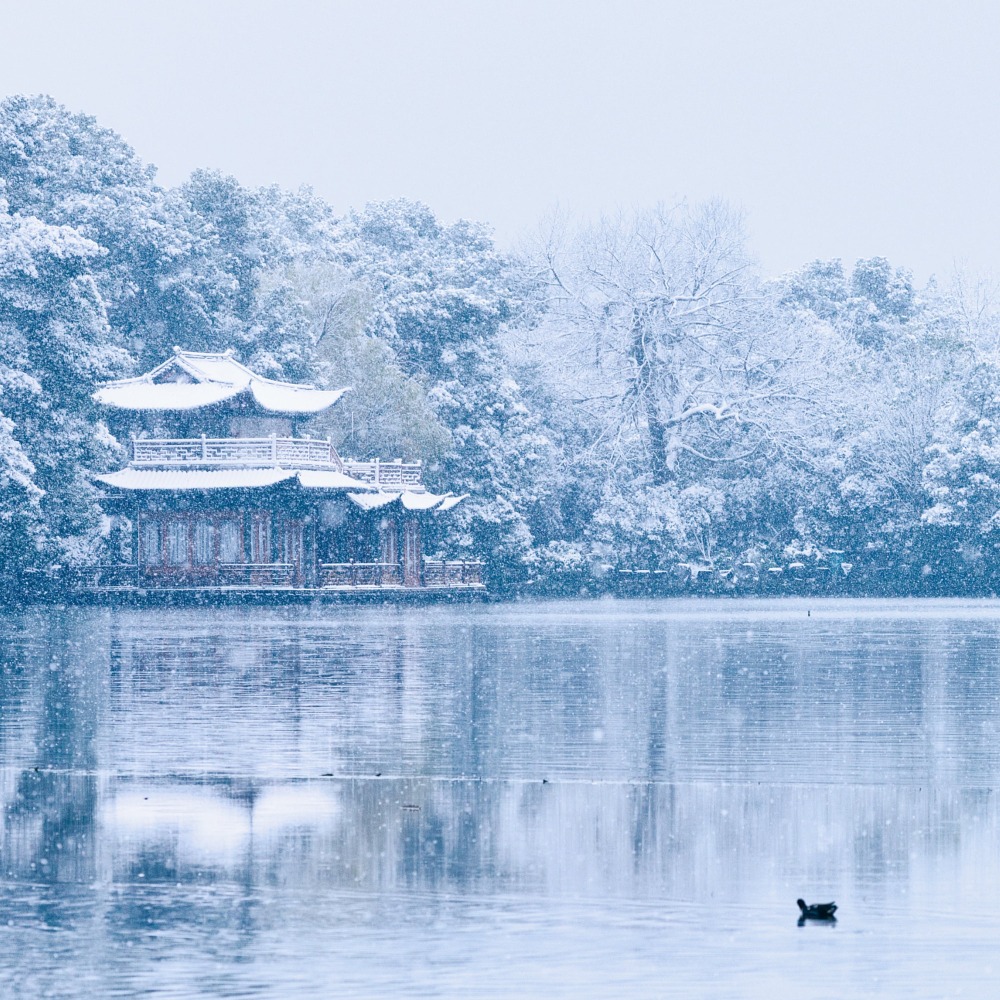Published : 2023-09-19
Temple Street, known as the "People's Nightclub" of Hong Kong, has evolved since 1887 and was once the filming location for many classic Hong Kong films. What charm does it hold?
Temple Street: A unique Hong Kong Dai Pai Dong culture
Temple Street(廟街) in Yau Ma Tei is an interesting place. For Hong Kong people, it is the best place to enjoy boiled rice. For foreigners, it is a bustling night market where they can experience the authentic Hong Kong culture, and it is also one of the most popular attractions for tourists travelling to China.
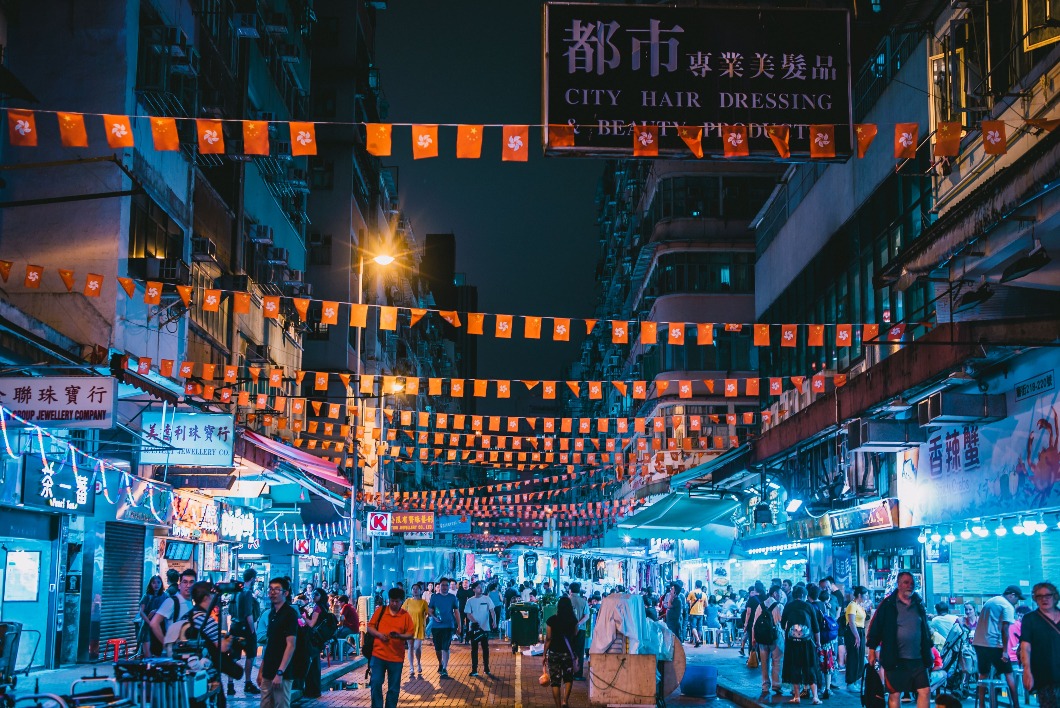
Every evening, hundreds of stalls at the Temple Street Night Market start lighting up, brightening the once quiet street and attracting visitors who want to soak in the true Hong Kong culture after dark.
Yau Ma Tei Temple Street, commonly known as "Men's Street," mainly sells men's goods like jeans, pens, and electronic products, which contrasts with the nearby Mong Kok Tung Choi Street, commonly known as "Women's Street," and somewhat resembles Sham Shui Po's Apliu Street.

However, in contrast to Tung Choi Street and Apliu Street, Temple Street also flaunts a significant feature of Hong Kong culture - the "Dai Pai Dongs"(open-air food stall), making the Temple Street Night Market a favorite spot for every Hong Kong people.
Read more: HK Streets|Hollywood Road, Soho area in Central and Western District, Man Mo Temple, Antique Street
Classical Hong Kong style movies in Temple Street
Many foreigners' impressions of Hong Kong culture come from Hong Kong-produced films, many of which have used Temple Street as a backdrop over the years.
These include "C'est La Vie, Mon Chéri" (1993), which tells the story of Temple Street Cantonese opera artists, starring Sean Lau and Anita Yuen, and "God of Cookery" (1996), which showcases the flavor of street stalls, written, directed, and starred by Stephen Chow.
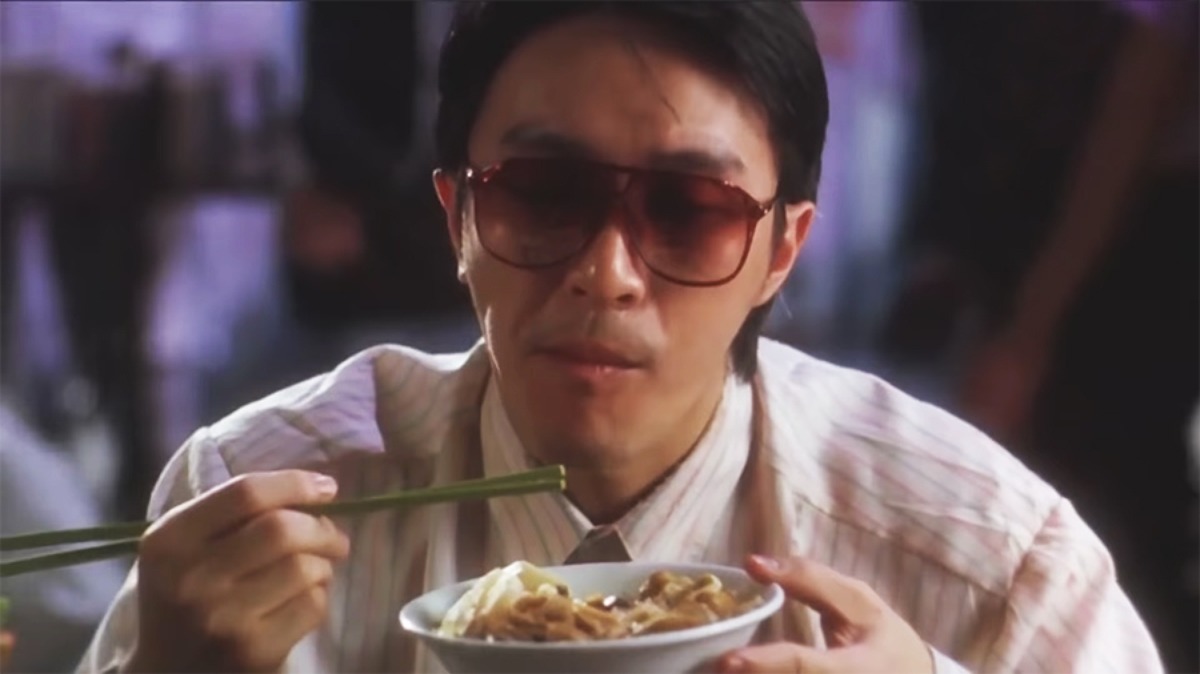
Despite the exaggerated plot, the film is very realistic in its presentation of Hong Kong's culture and people.
Aside from movies, Temple Street is also a popular filming location for many Hong Kong TV dramas, including "Kowloon Cafe," "Temple Street Brothers," "The Barrack" and "PTU," among others. One of the filming locations, the Mido Café (美都餐室), has been in operation for 73 years and witnessed the transition of traditional Hong Kong culture.

Many visitors to Hong Kong like to visit Mido Café on Temple Street. Immersed in the old Hong Kong décor of the 1950s, you can enjoy a meal of Hong Kong's cultural characteristics of Hong Kong café cuisine, a sip of Hong Kong-style milk tea, while sitting in the first-floor booths to enjoy the street scene of Temple Street, feeling the nostalgia of old Hong Kong.
Not only does Temple Street incorporate elements of Cantonese opera and Dai Pai Dongs, but it also hosts fortune telling stalls, hawker trinkets, and typical Hong Kong snacks - a condensed version of the commoner's Hong Kong culture, small yet well-structured.
Read more: Lin Heung Tea House: Do you remember the Dim Sum "seating wars"?

